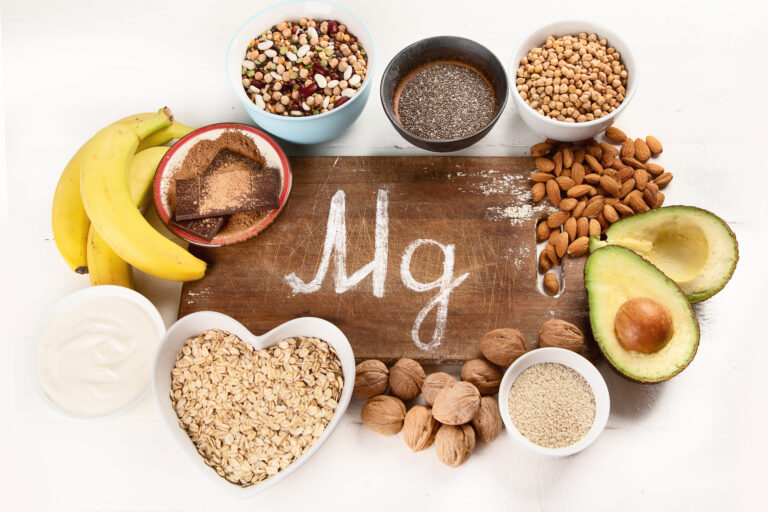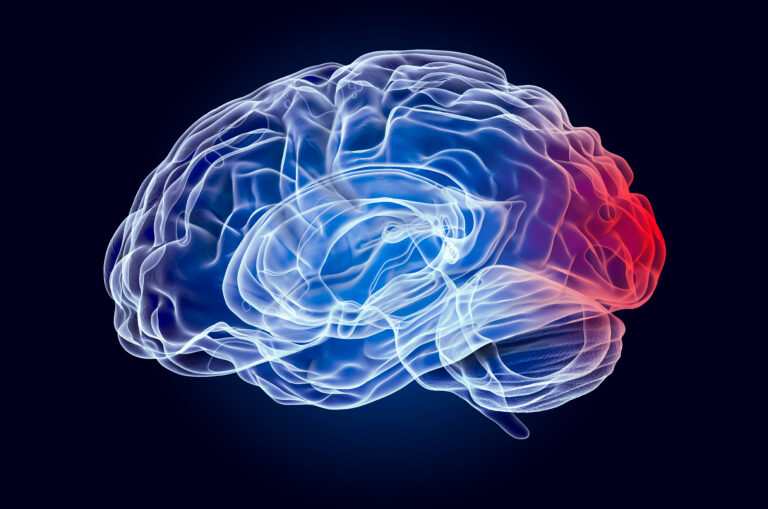Heartburn is a common symptom experienced by millions of people worldwide, often associated with a burning sensation in the chest. It is primarily caused by the backflow of stomach acid into the esophagus, a condition known as acid reflux or gastroesophageal reflux disease (GERD) [1][2]. Understanding what heartburn feels like and its underlying causes can help individuals manage this condition more effectively.
### What Does Heartburn Feel Like?
Heartburn typically manifests as a retrosternal burning pain, which means it occurs in the area behind the breastbone. This sensation can range from mild discomfort to severe pain and may radiate up into the throat. The burning feeling is usually triggered by the irritation of the esophagus lining by stomach acid [1][4]. Some people describe heartburn as a sharp, stabbing pain, while others experience it as a dull ache. The sensation can be exacerbated by lying down or bending over, as these positions allow stomach acid to flow more easily into the esophagus [1].
### Common Triggers of Heartburn
Several factors can trigger heartburn, including certain foods and beverages. Common culprits include citrus fruits, tomatoes, chocolate, spicy foods, and caffeinated drinks. These items can relax the lower esophageal sphincter (LES), the muscle that separates the esophagus and stomach, allowing stomach acid to flow back into the esophagus [1][2]. Additionally, eating large meals, especially close to bedtime, can increase the likelihood of experiencing heartburn [1].
### Other Symptoms Associated with Heartburn
While heartburn is the most recognizable symptom of acid reflux, it often accompanies other signs. These include regurgitation, which is the sensation of food or acid coming back up into the mouth, and dysphagia, or difficulty swallowing [1]. Some individuals may also experience water brash, an excessive salivation triggered by the reflux of stomach acid [1]. Atypical symptoms can include a pressure sensation in the chest, belching, bloating, and nausea [1].
### Extraesophageal Symptoms
In some cases, heartburn can lead to extraesophageal symptoms, which affect areas outside the esophagus. These may include a chronic nonproductive cough, nighttime cough, hoarseness, bronchospasm, and dental erosion [1]. These symptoms occur when stomach acid reaches the throat and lungs, causing irritation and inflammation.
### Distinguishing Heartburn from Other Conditions
Heartburn can sometimes be confused with other conditions, such as bile reflux. Bile reflux occurs when bile, a digestive fluid produced by the liver, flows back into the stomach and potentially into the esophagus. While the symptoms of bile reflux can be similar to those of acid reflux, including heartburn and nausea, bile reflux often requires medical treatment and may not respond to dietary changes alone [3].
### Managing Heartburn
Managing heartburn involves a combination of lifestyle changes and, if necessary, medication. Dietary adjustments, such as avoiding trigger foods and eating smaller meals, can help reduce symptoms. Elevating the head of the bed by about six inches can also prevent stomach acid from flowing into the esophagus during sleep [1]. For persistent or severe heartburn, antacids or other medications may be prescribed to reduce stomach acid production [2].
In conclusion, heartburn is a symptom of acid reflux that can significantly impact daily life. Understanding its causes and triggers can help individuals take steps to manage and alleviate this discomfort.
References:
[1] https://www.amboss.com/us/knowledge/gastroesophageal-reflux-disease/
[2] https://www.merriam-webster.com/dictionary/acid%20reflux
[3] https://www.mayoclinic.org/diseases-conditions/bile-reflux/symptoms-causes/syc-20370115
[4] https://publications.aap.org/patiented/article/doi/10.1542/ppe_schmitt_128/82299/Heartburn




